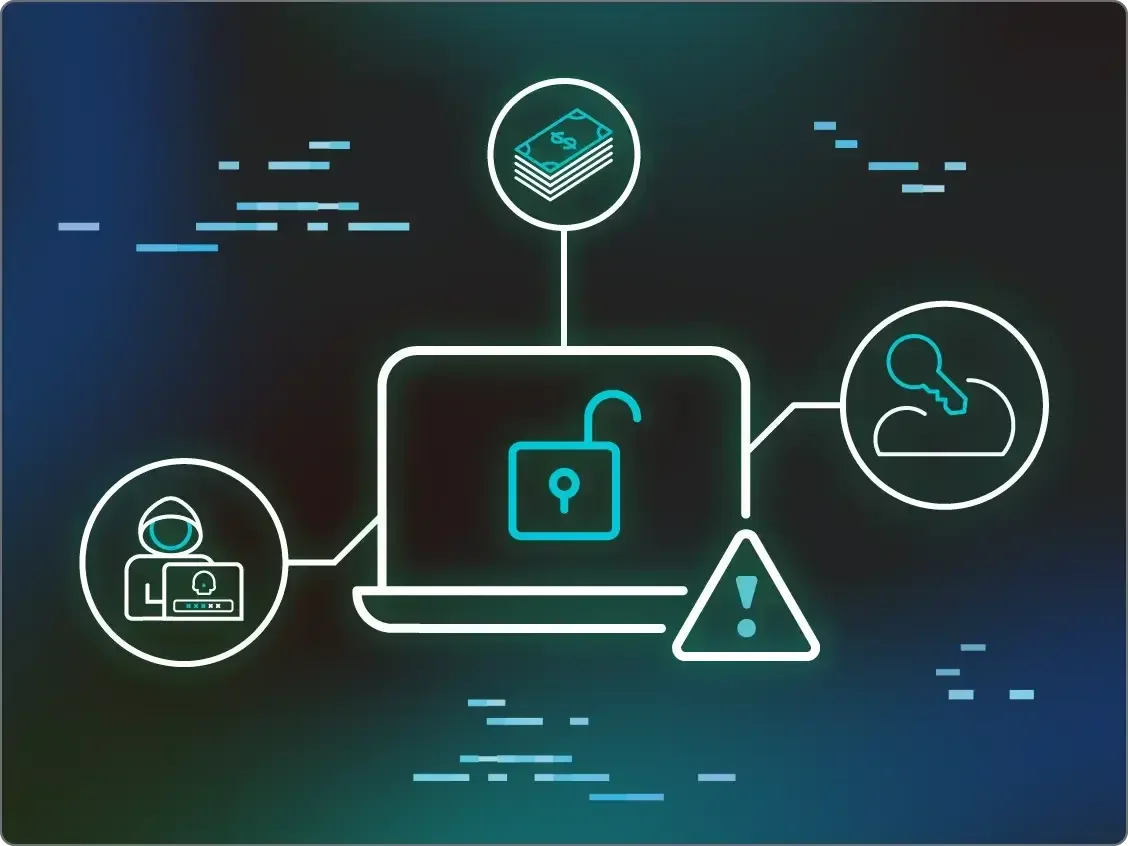A drive-by download attack happens when malicious software is downloaded onto your computer or device without your consent or knowledge. Often, this occurs just by visiting an infected website or clicking on a compromised link—no extra action from you is required. Scary, right?
TL;DR
A drive-by download attack is when malware sneaks onto your device without your permission, triggered simply by visiting a malicious webpage. It’s one of the sneakiest ways cybercriminals can gain access to your data or system resources.
How does a Drive-By Download attack work?
Think of it like this—imagine you step on a sticky piece of gum just by walking across a seemingly clean sidewalk. A drive-by download works similarly. You might open a perfectly normal-looking website, but hidden scripts or files on the back-end automatically start downloading malware to your system. These attacks exploit vulnerabilities in your browser, plugins, or apps to execute their malicious intent.
A common method involves “malvertising,” where cybercriminals inject harmful code into legitimate-looking ads or web pages. Another route is through outdated software. If your browser, operating system, or applications aren’t updated, vulnerabilities in those systems can leave the door wide open for attackers. And once the malware is in, it can do anything from spying on your activities to stealing data or injecting more malicious code into your system.
Why are drive-by download attacks dangerous?
These attacks are dangerous because they’re so stealthy—unlike many other types of attacks, you don’t need to install anything manually or click on a suspicious file. Just visiting the wrong website can put you at risk. Once on your device, the malware could steal sensitive information, install ransomware, or even turn your system into part of a botnet (a network of hijacked devices used for cybercrime).
What businesses are most at risk?
If you surf the internet (spoiler alert—that’s everyone), you’re at risk! But specifically, those with outdated browsers, unpatched plugins, or insecure devices are prime targets. It’s worth noting that attackers may also target organizations, using these attacks as an entry point to infiltrate larger, networked systems.
How can you protect yourself from Drive-By Download attacks?
Keep your software up to date – Patch any vulnerabilities in your browser or plugins by regularly updating them.
Use a reputable antivirus program – This software can detect and block malicious downloads.
Enable browser security settings – Turn on pop-up blockers and disable risky plugins you don’t need.
Avoid suspicious websites – Stick to sites that are trustworthy, especially for financial transactions.
Be cautious with ads – Don’t click on advertisements, even if they look harmless—they could be hiding malicious code.
FAQs
Drive-by downloads happen when malicious files are automatically downloaded after visiting compromised websites or ads.
Your device might slow down, behave unpredictably, or show signs of malware like pop-ups or strange files.
Yes, a good antivirus program can block and detect these harmful files before they cause damage.
Yes, they are one of the most pervasive types of cyberattacks due to their stealthy and automated nature.
Not always—sometimes even legitimate websites can be compromised to serve malware.




Protect What Matters









